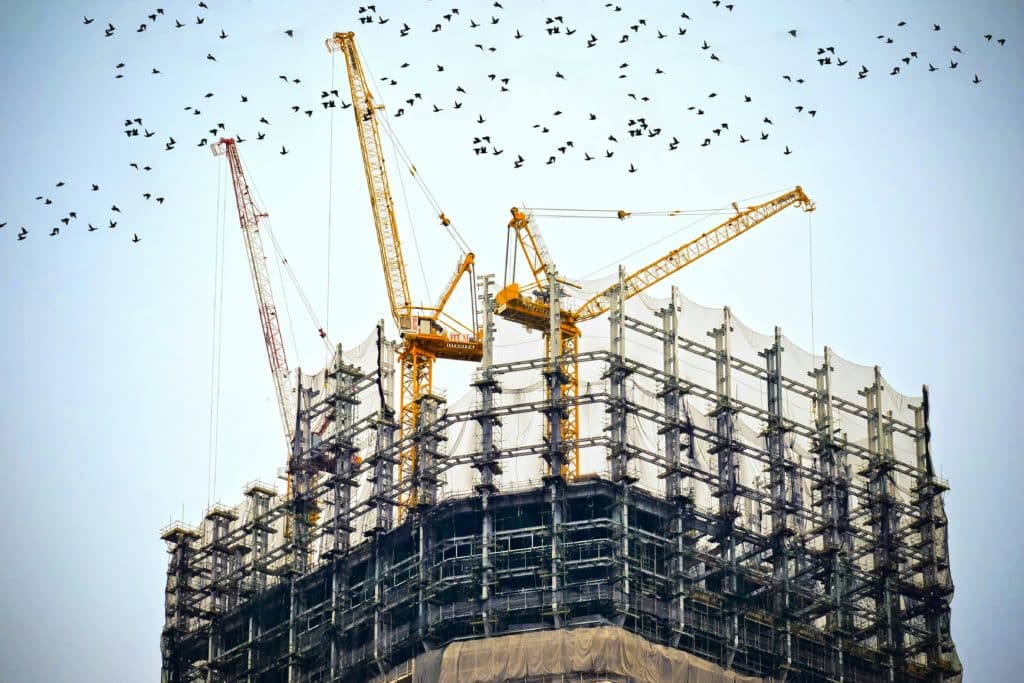
Construction remains one of the UK’s most dangerous industries. Between 2022 and 2024, the Health and Safety Executive (HSE) recorded over 61 fatal injuries in construction, many of which involved equipment misuse or failure.
Two regulations sit at the core of equipment safety: LOLER (Lifting Operations and Lifting Equipment Regulations 1998) and PUWER (Provision and Use of Work Equipment Regulations 1998). Yet across the industry, these laws are still being breached, often with devastating human, financial and legal consequences.
This isn’t theoretical. Construction companies, both large and small, are being fined, prosecuted, and disrupted for failing to meet basic inspection, recordkeeping, or competency requirements.
What’s at Stake?
LOLER and PUWER are legal requirements in the UK. They don’t just suggest best practice. They mandate it. And failure to comply can result in:
- Hefty fines
- Project delays and shutdowns
- Criminal prosecutions
- Injury or loss of life
- Permanent reputational damage
Here are a few real-world examples that underline the importance of getting this right:
Lift Plan Failure Results in £64,000 Fine – Malvern, Worcestershire
A construction company was fined £64,000 after a mobile crane was used on a sloped site without a formal lift plan or competent lift supervisor. The lifting operation violated LOLER Regulation 8, which requires all lifting activities to be properly planned, supervised, and carried out in a safe manner. Additionally, workers were found on an elevated platform without adequate edge protection, further compounding the safety failings.
The court found that no proper risk assessment had been completed and that the work had been allowed to proceed without qualified oversight.
Builders Lifted in Digger Bucket – Greater Manchester
A Developer was fined £120,000 after workers were found being lifted in the bucket of a telehandler to complete stonework at height. This method of access breached both LOLER and Work at Height Regulations and posed a serious risk of injury.
There was no fall protection in place, and the company had failed to ensure that lifting equipment was used in a safe and compliant way. The site also showed evidence of broader safety issues, including inadequate supervision and planning.
Poor Lift Coordination Leads to Fatality – Birmingham
A construction company was fined £285,000 after a fatal incident involving a scissor lift and a crane on a construction site in Birmingham. A failure in lift coordination led to the scissor lift being struck by a moving crane, causing the platform to fall nearly 10 metres.
The investigation revealed that the lifting operation was not properly planned or supervised, in breach of LOLER Regulation 8. There was no lift supervisor present, and communication between subcontractors and plant operators had completely broken down.
Why Paper-Based Systems Aren’t Enough
Many construction firms still rely on spreadsheets, clipboards, or scattered emails to manage LOLER and PUWER compliance. This approach leaves too much to chance, including:
- Missed inspections
- Unverified operator competence
- Lost or incomplete certification records
- Zero real-time visibility across multiple sites
These gaps are what the HSE zeroes in on and what can lead to shutdowns, court dates, hefty fines or worse.
Digital Compliance Management
Smart compliance and reporting systems such as Motion Kinetic are helping companies eliminate risk and prove due diligence with ease. Here’s how:
- Compliance Made Practical
From lifting accessories under LOLER to handheld tools governed by PUWER, construction companies must meet strict inspection and documentation requirements. A digital compliance platform helps you schedule statutory inspections, enforce pre-use checks, and generate audit-ready reports all without adding to your paperwork. Automated reminders and mobile checklists ensure that no hoist, harness, or lifting tool goes unchecked.
- Field-Ready Data Entry
Site teams can carry out inspections and log findings directly from a smartphone or tablet, whether on scaffolding, in a plant room, or underground. Online or offline, the data syncs automatically, reducing rekeying errors and cutting out delays in reporting safety issues.
- Locate Equipment Instantly
Using barcode, RFID tagging or a search tool, you can instantly locate and identify plant, tools, or lifting gear for inspection. Whether it’s a sling stored in the depot or a digger already on site, inspectors can quickly verify inspection history and compliance status, saving valuable time on busy projects.
- Seamless System Integration
A platform that integrates with your existing asset registers, maintenance systems, or ERP software ensures LOLER and PUWER data lives within your wider operational ecosystem. This removes duplication, improves accuracy, and ensures compliance is always aligned with procurement, project planning, and health & safety workflows
Are You Audit-Ready?
If a HSE inspector walked onto your site tomorrow, could you prove your lifting gear was inspected and safe? Could you show PUWER inspections were up to date?
If not, it’s time to act.
Talk to us about how we help construction businesses achieve full LOLER & PUWER compliance with zero paperwork, zero guesswork, and total peace of mind.

